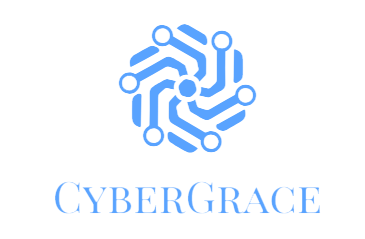In the face of natural disasters like floods or plumbing emergencies, swift and effective water cleanup is crucial to minimize property damage and health risks. While traditional methods like mops and buckets still have their place, advancements in technology offer innovative solutions for faster, more efficient, and thorough emergency water cleanup. This blog post delves into some of these cutting-edge tech solutions that are transforming the disaster recovery landscape.
Beyond the Mop and Bucket: Limitations of Traditional Methods
Traditional water cleanup methods, while familiar, have limitations in the context of large-scale emergencies:
Time Consumption: Manually removing standing water with mops and buckets is a slow and laborious process, delaying the restoration process. Limited Reach: Traditional methods struggle to reach hidden pockets of moisture within walls, floors, and crawl spaces, potentially leading to mold growth later.
Labor Intensity: Large-scale water cleanup requires significant manpower, impacting response times and resource allocation. Inefficiency: Traditional methods may not effectively remove all moisture, potentially leading to structural damage and lingering odors. Tech-Powered Solutions for Faster, More Efficient Cleanup
Emerging technologies are revolutionizing emergency water cleanup, offering faster, more comprehensive solutions:
Moisture Detection Sensors: These advanced sensors use various technologies like radiofrequency or microwave to detect hidden moisture within walls, floors, and cavities. This allows for targeted drying efforts, preventing mold growth and ensuring complete drying. Thermal Imaging Cameras: Thermal imaging cameras visualize temperature variations, helping identify pockets of wet materials even behind walls or under carpets. This facilitates targeted drying and streamlines the restoration process. Dehumidifiers with Desiccant Technology: Traditional dehumidifiers work by condensing water vapor. Desiccant dehumidifiers, on the other hand, use desiccant materials to absorb moisture from the air, making them more effective in humid environments or for drying large volumes of water. Air Movers (High-Velocity Drying Fans): These powerful fans create high-velocity airflow, accelerating the evaporation process and drying carpets, walls, and floors more efficiently. Some models come equipped with HEPA filters to remove allergens and contaminants during the drying process. Robotic Floor Cleaning Systems: These autonomous robots equipped with mopping and drying functionalities can navigate flooded areas, removing surface water and expediting the drying process. This can be particularly beneficial in large commercial spaces. Data-Driven Restoration: The Power of Monitoring Systems
Modern water cleanup technologies often integrate with advanced monitoring systems:
Wireless Sensors: These sensors strategically placed throughout the affected area collect real-time data on temperature, humidity, and moisture levels. Cloud-Based Data Management: The collected data is uploaded to a cloud platform, providing remote access for restoration professionals to monitor drying progress and make informed decisions about adjusting drying strategies. Reporting and Analytics: Data analysis tools can generate reports and charts, allowing for better tracking of drying progress and ensuring all areas reach the desired moisture level before reconstruction can begin. Benefits of Tech-Powered Water Cleanup:
Incorporating these advanced technologies into your emergency water cleanup strategy offers numerous advantages:
Faster Drying Times: Tech-powered solutions significantly reduce drying times, minimizing the risk of mold growth and accelerating the restoration process. Improved Efficiency: Targeted drying efforts, facilitated by moisture detection and monitoring systems, optimize resource allocation and labor costs. Enhanced Data-Driven Decision Making: Real-time data and analytics allow for informed adjustments to drying strategies, ensuring thorough and efficient drying. Reduced Property Damage: Faster drying times minimize water damage to structures, reducing the overall cost of restoration. Improved Air Quality: Dehumidifiers with HEPA filters and high-velocity air movers contribute to improved indoor air quality during the cleanup process. Considerations for Implementing Tech Solutions:
While technology offers significant benefits, there are some factors to consider:
Investment Costs: Investing in advanced equipment can require an initial financial outlay. Training Requirements: Utilizing some technologies may require training for restoration personnel to ensure proper operation and data interpretation. Applicability: The most suitable technology will depend on the specific nature and scale of the water damage. Conclusion:
The integration of advanced technologies is redefining the emergency water cleanup landscape. By leveraging moisture detection, thermal imaging, powerful drying equipment, and data-driven monitoring systems, restoration professionals can achieve faster, more efficient, and thorough water cleanup, minimizing damage and expediting the recovery process. As technology continues to evolve, we can expect even more innovative solutions to emerge, further enhancing the effectiveness of emergency water cleanup efforts.
.


